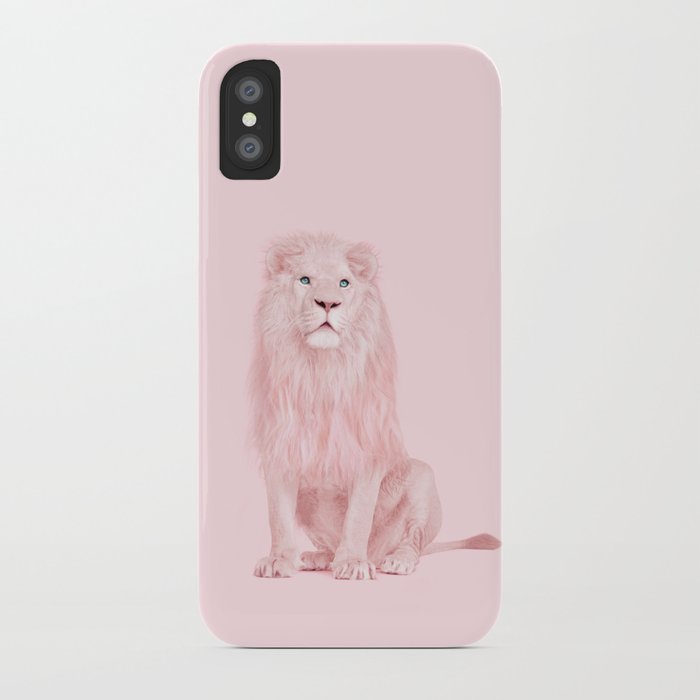pink lion iphone case
SKU: EN-F10171

pink lion iphone case
Samsung said Friday it's had overwhelming participation in the US refund and exchange program for the Galaxy Note 7 phone, "with more than 93 percent of all recalled devices returned." The company also said it's issuing an even more punishing software update to make sure the remaining Note 7 devices are returned. Starting December 19, Samsung will begin distributing a software update that prevents the phones from charging and "will eliminate their ability to work as mobile devices." The software update will be rolled out over 30 days.
The Bridge looks like a basic plastic Google Cardboard-type VR headset for the iPhone, and it is, But it also connects with Occipital's Structure camera, a depth-sensing tool that can create 3D scans and maps much like Google Tango's advanced phone camera tech does, The Structure camera, which has already been available for over a year, pink lion iphone case costs $379 separately, The headset basically costs $20 more, Even though the Bridge headset is meant to go on your head, the Structure sensor can be removed and used separately on an iPhone or iPad, a nice plus..
With the headset, VR apps for phones could use the camera for positional tracking, meaning you could walk around in a way phone VR doesn't allow yet. But those cameras can also scan reality into VR for mixed reality of a totally different sort. I scanned my VR lab testing room, including a sofa, and then started walking around. The headset: iPhone goes in, wide angle lens and Structure camera attach on top. I saw my hands, and I saw the room, but that room was a blend of a 3D scan and actual reality. Into that room, I put a virtual robot companion (named Bridget, of course). I played fetch with it by throwing a virtual ball with an included remote. It rolled behind my sofa, and navigated to find me again. Then I commanded the robot to plug itself in to charge, and it found the real wall outlet and extended its power cord. Weird? Yes, very.
That robot is scanning my sofa: a peek through Bridge's view, I dropped some sample fake furniture near my real furniture: a chair, an end table, All of this is an included demo experience meant to guide developers into getting used to the Bridge, A Unity plug-in will allow VR apps for phones to take advantage of the camera's depth sensors, Finally, I opened a portal in the middle of the room, and I stepped through onto the bridge of a space station, Through the door, I saw my office again, The Bridge's tracking sometimes had hiccups, and the visuals can get a pink lion iphone case little fuzzy, And the headset didn't fit well over my big glasses, But the Bridge aims to be a way for developers to start figuring out mixed reality with their own iPhones, What's the point, you might ask? Well, that's for developers to figure out..
I'm curious about how many more headsets like this could emerge once phones get their own depth-sensing cameras. Mixed-reality phone headsets could be the next big idea after VR. When it comes to Bridge, I'd leave it to the developers for now.. but it's a fascinating peek forward. VR headset plus depth-sensing 3D camera equals a weird mix of VR and AR, and it costs a lot less than a HoloLens. Odds are, you might have tried VR. But maybe you're not as familiar with "augmented reality" or "mixed reality" headsets that blend virtual things into actual reality, like Microsoft's HoloLens does. That could change once more affordable phone accessories start to arrive. Occipital Bridge is an iPhone headset that does all of these, and it'll cost $399 when it arrives next March, or $499 for an early "Explorer Edition" shipping this month. (UK and Australian prices have yet to be announced, but $399 converts to about £320 or AU$535.).
- apple iphone 5s/se cases clearance sale - silicone case
- iphone x screen protectors best buy
- cassettes, vhs & games iphone case
- apple - iphone xs max leather case - red
- symmetry series case for apple iphone x and xs - clear
- otterbox statement series iphone xs max case - storm grey / clear
- floss, dab, take the l dance emotes iphone case
- frĒ case for apple iphone xr - body surf
- iphone xs max waterfall - iridescent
- ballet slippers with ribbon ties
- ballet necklace-ballerina dancerjewelry-dancer quote jewelry-dancer ballet gift ballerina jewelry-ballet recital gift-team gift
- More...
